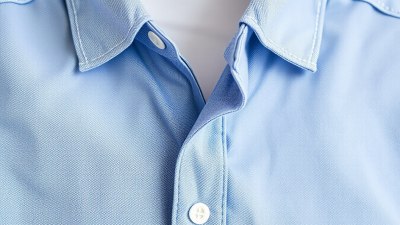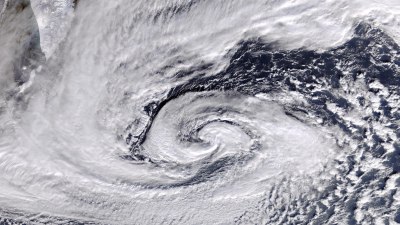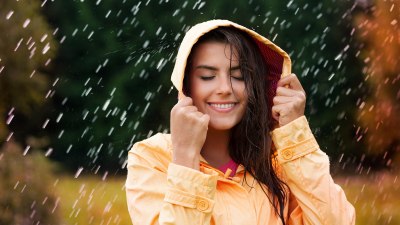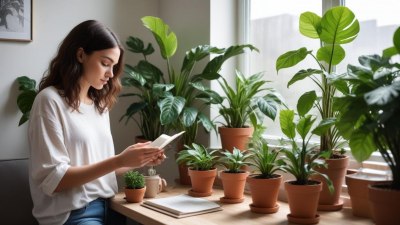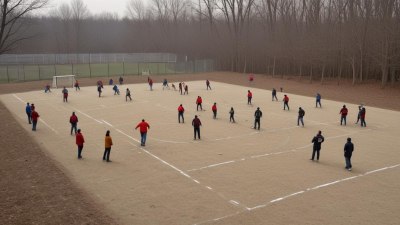Why Some Snowflakes Look Like Needles
Explore the fascinating science behind the needle-like structure of certain snowflakes and what makes them unique.
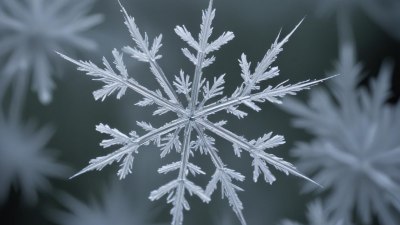
This image was created with the assistance of Freepik
Snowflakes are a marvel of nature, each one unique in its own right. Among the many shapes that snowflakes can take, some resemble delicate needles. The formation of these needle-like snowflakes is influenced by several environmental factors, including temperature, humidity, and the presence of other atmospheric conditions. Understanding the science behind snowflake formation can help illuminate why some snowflakes take on such slender, needle-like shapes.
The Basics of Snowflake Formation
Snowflakes begin their journey as water vapor in the atmosphere. This vapor condenses and freezes into ice crystals when the temperature is low enough. The basic shape of a snowflake forms from clusters of these ice crystals adhering to one another. As temperature and humidity fluctuate, these crystals can develop various shapes, with needle-like snowflakes forming under specific conditions.
Temperature and Humidity's Role
The temperature at which snowflakes form plays a significant role in the resulting shape. Needle-like snowflakes, or columnar snowflakes, typically occur at temperatures below -5 degrees Celsius (23 degrees Fahrenheit). At these temperatures, the lower humidity helps promote the formation of elongated crystals that take on a needle shape rather than broader, flatter designs.
Crystal Structures Explained
The primary factor contributing to the needle-like appearance of certain snowflakes is the hexagonal crystal structure of ice. Ice crystals can grow in different forms based on the conditions they are exposed to during their formation. When conditions are just right, the molecules of water can align in a linear pattern, leading to the development of a long, thin needle-shaped snowflake. These needle-shaped crystals are essentially one-dimensional structures, which explains their elongated form.
The Delicate Balance of Conditions
For a snowflake to develop in a needle-like shape, there must be a delicate balance of temperature and humidity. An environment that is too warm or saturated with moisture can lead to broader or more complex snowflake shapes such as dendrites, which are the classic six-armed designs we often associate with winter. These wider crystals develop due to the increased likelihood of water vapor attaching to the snowflake in a more random pattern, resulting in more intricate formations.
Other Influential Factors
Other factors, such as altitude and airflow, also influence the size and shape of snowflakes. At higher altitudes, temperatures are typically lower and can contribute to the formation of needle-like crystals. Additionally, air turbulence can affect how snowflakes grow. If the air is moving rapidly, it can prevent the snowflakes from taking on complex shapes and promote more elongated growth, resulting in needle-like appearances.
The Aesthetic Appeal of Needle-Like Snowflakes
Needle-like snowflakes may be less common than their six-armed counterparts, but they have their own unique beauty. Their slender, elongated shapes create an ethereal and delicate appearance as they fall from the sky. When the sunlight hits these needle-shaped crystals, they can create a spectacular display, with brilliant reflections and sparkles that enchant observers.
Scientific Importance
The study of snowflakes, including those with needle-like formations, has important implications for understanding our climate and weather patterns. Observing the types of snowflakes that fall in a specific region can provide insights into the atmospheric conditions at that time. Researchers can also use snowflakes to study climate change and how shifting weather patterns influence snowfall characteristics.
Snowflakes are not just random frozen water; they are a testament to the beauty and complexity of nature. Needle-like snowflakes are just one variation among the countless forms these icy crystals can take. By studying snowflakes, particularly those with unique shapes, we gain a deeper appreciation for the interplay of environmental factors and the intricate patterns they create. Next time you witness a gentle snowfall, take a moment to observe these tiny wonders, and consider the science that shapes their remarkable forms.
